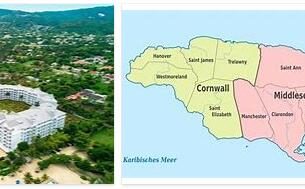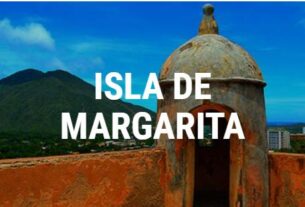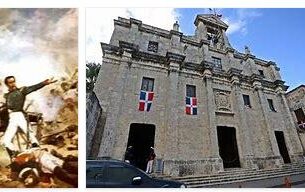Under the 1966 Constitution, the “Westminster model” of the organization of the political system (see Antigua and Barbuda), parliamentary democracy, operates. Administratively, Barbados is divided into 11 parishes. The largest cities are Bridgetown, Speightstown, Oistins. Local government abolished in 1969. British dominion. The head of state is the Queen, represented by the Governor General (since 1996, K. Husbands). The Constitutional Reform Commission proposed a transition to a republican system of government, which was planned for 2001. The conflict between the president and prime minister in Trinidad and Tobago in 2000–01 required the development of a mechanism to overcome possible disagreements should they arise in Barbados and delayed the introduction of a republican form of government. Legislative power is vested in a bicameral parliament consisting of a 30-member House of Assembly elected by popular direct and secret suffrage by a majoritarian system for a term of 5 years, and a 21-member senate appointed by the governor-general, 2 of whom are nominated by the leader of the opposition. Executive power is vested in the government, which is made up of members of parliament. The Prime Minister is the leader of the parliamentary majority appointed by the Governor General (since 1994 – O. Arthur). Check diseaseslearning for political system of Barbados.
The most prominent political figure in the history of Barbados was H. Adams. Born in 1898. One of the founders in 1938 and the first leader of the country’s oldest Barbados Labor Party (BLP). The party led by him became the main force in the struggle for the abolition of the property qualification, the introduction of universal suffrage and the receipt of internal self-government. In 1938 he became the first Negro to head parliament in the British colonies. From 1954 to 1958 he was the Prime Minister of Barbados. During his time in power, serious social and institutional reforms were carried out in the country, which contributed to the movement towards independence. From 1958-62 he was the first and only Prime Minister of the West Indies Federation. Since independence, as leader of the opposition, he has contributed to the development of a high level of political culture that distinguishes Barbados from other countries in the region.
A feature of the party system is the center-left orientation of the main parties. The BLP occupies a moderate social reformist position, while at the same time advocating the building of socialism by peaceful means and the strengthening of the values of Western democracy. Member of the Socialist International. Headed the government in 1951-61, 1976-86. Since 1994 the ruling party. In the May 2003 elections, she received 60% of the vote and 27 seats in the House of Assembly. Leader – O. Arthur. The Democratic Labor Party (DLP) emerged in 1955 as a result of a split in the BLP. It expresses the interests of the middle and petty bourgeoisie, enjoys the support of part of the workers and farmers, to a greater extent than the BLP, is oriented towards trade unions. The ruling party in 1961-76, in 1986-94. In the 2003 elections it received 38% of the vote and 7 seats. Leader – C. Mascoll. The National Democratic Party was founded in 1989 after a group of politicians left the DLP, disagreements with rivals are tactical in nature. In the elections of 1999 and 2003, she did not nominate candidates and is not represented in parliament. Leader – R. Hines.
In the field of domestic policy, the main task was proclaimed to be the complete elimination of poverty by 2015, in foreign policy, the formation of a single economic space and market within the framework of CARICOM.
The armed forces were created in 1978;
Diplomatic relations with the Russian Federation were established in 1993.



